- Choosing the Right Variety
- Climate Compatibility
- Size and Texture
- Pest and Disease Resistance
- Harvest Timing
- Cross-Pollination
- Local Recommendations
- Providing Adequate Sunlight
- Proper Soil Preparation and Fertilization
- Soil Preparation
- Fertilization
- Conclusion
- Regular Watering and Irrigation
- 1. Watering Frequency
- 2. Watering Techniques
- 3. Rainwater Harvesting
- 4. Monitoring Moisture Levels
- 5. Drought Conditions
- Pruning and Training Techniques
- 1. Prune during the dormant season
- 2. Remove dead or damaged wood
- 3. Thin out crowded branches
- 4. Maintain an open center
- 5. Prune for fruit production
- 6. Use proper pruning tools
- 7. Train young trees
- Pest and Disease Management
- 1. Regular Inspections
- 2. Proper Pruning
- 3. Sanitation
- 4. Mulching
- 5. Organic Pest Control
- 6. Disease-resistant Varieties
- 7. Monitor and Treat
- 8. Consult with Experts
- Protecting the Tree from Harsh Winter Conditions
- Selecting a Suitable Winter-hardy Variety
- Applying a Layer of Organic Mulch
- Protective Wrapping
- Pruning and Removing Dead or Damaged Branches
- Watering and Hydration
- Monitoring and Early Intervention
- Harvesting and Storing Nectarines
- 1. Timing
- 2. Harvesting
- 3. Handling
- 4. Sorting
- 5. Storing
- 6. Ripening
- 7. Consumption
- Question-answer:
- When is the best time to plant a nectarine tree?
- How often should I water my nectarine tree?
- What type of soil do nectarine trees prefer?
- How can I protect my nectarine tree from pests and diseases?
- Do nectarine trees need pruning?
- How can I extend the lifespan of my nectarine tree?
- Video: How to Grow Nectarine Trees
Growing nectarines can be a rewarding and fruitful endeavor, but it requires proper care and attention to ensure the longevity of your tree. With the right techniques, you can extend the lifespan of your nectarine tree for up to 20 years, allowing you to enjoy juicy and delicious fruits for many seasons to come.
Choose the Right Variety: When selecting a nectarine tree for your garden, it is important to choose a variety that is well-suited to your climate and soil conditions. Nectarines thrive in areas with warm summers and cool winters, so be sure to choose a variety that is adapted to your specific region.
Provide Adequate Sunlight and Water: Nectarine trees require full sunlight to produce high-quality fruits. Ensure that your tree is planted in a location that receives at least 6 hours of direct sunlight each day. Additionally, nectarines require regular watering, especially during dry periods. Be sure to water your tree deeply and consistently to keep the soil moist.
Prune Regularly:
Regular pruning is essential for maintaining the health and productivity of your nectarine tree. Prune away any dead or diseased branches, as well as any branches that are crossing or rubbing against each other. This will promote better air circulation and reduce the risk of fungal diseases. Pruning should be done during the dormant season, typically in late winter or early spring.
Fertilize Properly: Nectarine trees have specific nutrient requirements, so it is important to fertilize them properly. Use a balanced fertilizer formulated specifically for fruit trees, and apply it according to the instructions on the packaging. Avoid over-fertilizing, as this can lead to excessive vegetative growth and reduced fruit production.
Protect Against Pests and Diseases: Nectarine trees are susceptible to a variety of pests and diseases, including aphids, peach leaf curl, and brown rot. Monitor your tree regularly for signs of infestation or disease, and take appropriate measures to control them. This may include applying organic insecticides or fungicides, or using natural predators to control pests.
In conclusion, with proper care and attention, you can extend the lifespan of your nectarine tree for up to 20 years. Choose the right variety, provide adequate sunlight and water, prune regularly, fertilize properly, and protect against pests and diseases. By following these secrets to growing nectarines, you can enjoy a bountiful harvest of juicy and delicious fruits for many years to come.
Choosing the Right Variety
When it comes to growing nectarines, one of the most important decisions you will make is choosing the right variety for your climate and growing conditions. There are many different types of nectarines to choose from, each with their own unique characteristics and requirements. Here are a few things to consider when selecting a variety:
Climate Compatibility
Nectarines have different temperature and climate requirements, so it’s important to choose a variety that is well-suited to your environment. Some nectarine varieties prefer cooler climates, while others thrive in warmer regions. Check with your local nursery or agricultural extension office to find out which varieties are recommended for your area.
Size and Texture
Nectarines come in a range of sizes and textures, from small and firm to large and juicy. Consider how you plan to use your nectarines – are you looking for a variety that is best for eating fresh, or do you want one that is better for baking or canning? Different varieties have different flavor profiles and textures, so be sure to choose one that suits your taste and culinary needs.
Pest and Disease Resistance
Some nectarine varieties are more resistant to pests and diseases than others. If you want to minimize the use of pesticides and fungicides in your orchard, look for varieties that have a higher level of resistance. This can help prevent common problems like brown rot and peach leaf curl.
Harvest Timing
Nectarine varieties have different ripening times, so if you want to have a continuous harvest throughout the summer, choose a mix of early, mid-season, and late varieties. This will ensure that you have a constant supply of ripe nectarines for enjoying fresh or preserving.
Cross-Pollination
Some nectarine varieties are self-pollinating, while others require cross-pollination with another nectarine or peach variety. If you only have space for one tree, make sure to choose a self-pollinating variety. If you have room for multiple trees, you can choose a combination of varieties to ensure cross-pollination and increase your fruit yield.
Local Recommendations
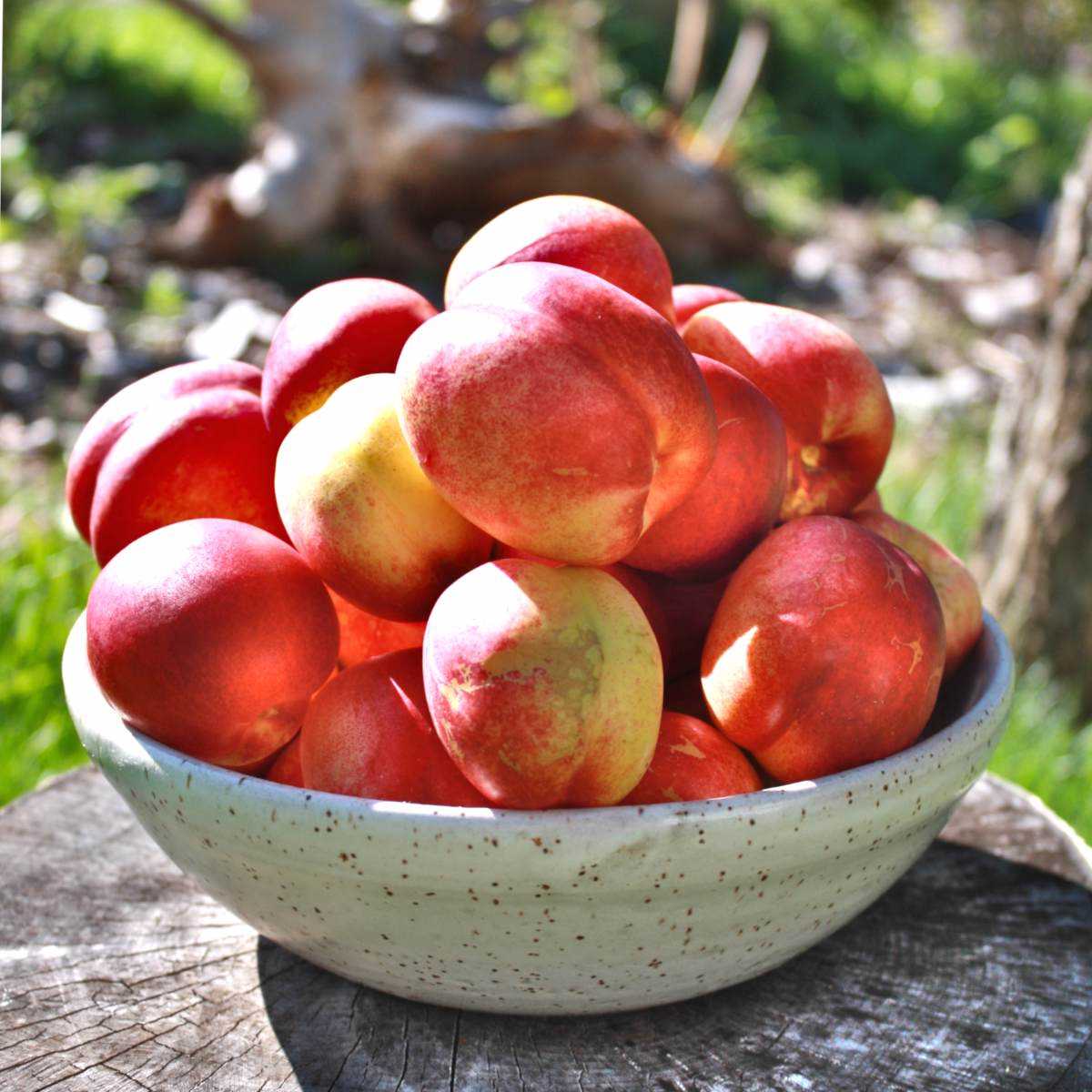
Finally, don’t hesitate to seek advice from local growers or agricultural experts in your area. They can provide valuable insights into which nectarine varieties perform best in your specific microclimate and soil conditions. The experience and knowledge of others can help guide you in making the right choice for your nectarine orchard.
Overall, choosing the right variety of nectarine is key to a successful and productive orchard. Consider the climate, size and texture preferences, disease resistance, harvest timing, pollination needs, and local recommendations to find the perfect variety for your garden or orchard.
Providing Adequate Sunlight
Adequate sunlight is crucial for the proper growth and development of nectarine trees. These trees thrive in full sun, so it is important to choose a location in your garden that receives at least 6-8 hours of direct sunlight per day. Without enough sunlight, the tree may not produce as many fruits or may produce fruits that are smaller in size and lower in quality.
Here are some tips to ensure your nectarine tree gets enough sunlight:
- Choose a spot that is not shaded by buildings, fences, or other trees. Nectarine trees should ideally be planted in an open area where they can receive maximum sunlight.
- Consider the orientation of your garden. South-facing gardens typically receive the most sunlight throughout the day, making them ideal for nectarine trees.
- Prune surrounding trees or shrubs that may cast shade on your nectarine tree. This will help maximize the amount of sunlight reaching your tree.
Adequate sunlight not only promotes fruit production but also helps to keep your nectarine tree healthy and disease-resistant. Sunlight is essential for photosynthesis, which is the process by which plants convert sunlight into energy. This energy is then used for growth and the production of fruits.
Keep in mind that excessive heat and sun exposure can also be detrimental to your nectarine tree. If you live in an area with intense summer heat, consider providing some shade to protect your tree during the hottest hours of the day. This can be done using shade cloth, umbrellas, or by planting other trees or shrubs nearby to provide some relief from the intense sunlight.
By providing adequate sunlight, you can ensure the healthy growth and prolonged lifespan of your nectarine tree, allowing you to enjoy juicy and delicious fruits for years to come.
Proper Soil Preparation and Fertilization
Proper soil preparation and fertilization are crucial for the successful growth and longevity of nectarine trees. By creating an optimal environment for the tree’s roots, you can ensure that it gets the necessary nutrients and water it needs to thrive.
Soil Preparation
Before planting a nectarine tree, it’s important to prepare the soil properly. Start by selecting a well-draining location with full sun exposure. Nectarine trees prefer slightly acidic soil with a pH level between 6.0 and 6.5.
Begin by removing any weeds or grass from the planting area. Dig a hole that is twice as wide and just as deep as the tree’s root ball. Loosen the soil at the bottom of the hole to encourage root penetration.
Next, mix organic matter, such as compost or well-rotted manure, into the soil. This will improve the soil’s fertility, structure, and ability to retain moisture. Aim for a 50/50 mix of organic matter and native soil.
Fertilization
Regular fertilization is essential for the ongoing health of nectarine trees. It provides the necessary nutrients for growth and promotes fruit production. Follow these guidelines for fertilizing your nectarine tree:
- Young trees: In the first year, avoid fertilizing a newly planted nectarine tree. Allow it to become established before introducing additional nutrients.
- Established trees: Starting in the second year, you can apply a balanced fertilizer, such as a 10-10-10 or 14-14-14 formulation, in early spring before new growth begins. Follow the manufacturer’s instructions for application rates.
- Additional fertilization: In late spring or early summer, you can make a second application of fertilizer to supplement the tree’s nutrient needs. Again, follow the manufacturer’s instructions for application rates.
When applying fertilizer, spread it evenly around the tree’s drip line, which is the outer edge of the tree’s canopy. Avoid placing the fertilizer too close to the trunk, as this can burn the tree’s roots.
It’s also important to water the tree thoroughly after fertilizing to ensure that the nutrients reach the roots. Applying a layer of mulch around the base of the tree can help retain moisture and suppress weed growth.
Conclusion
Proper soil preparation and fertilization are essential for the successful growth and longevity of nectarine trees. By providing the right soil conditions and nutrients, you can ensure that your tree remains healthy and productive for many years to come.
Regular Watering and Irrigation
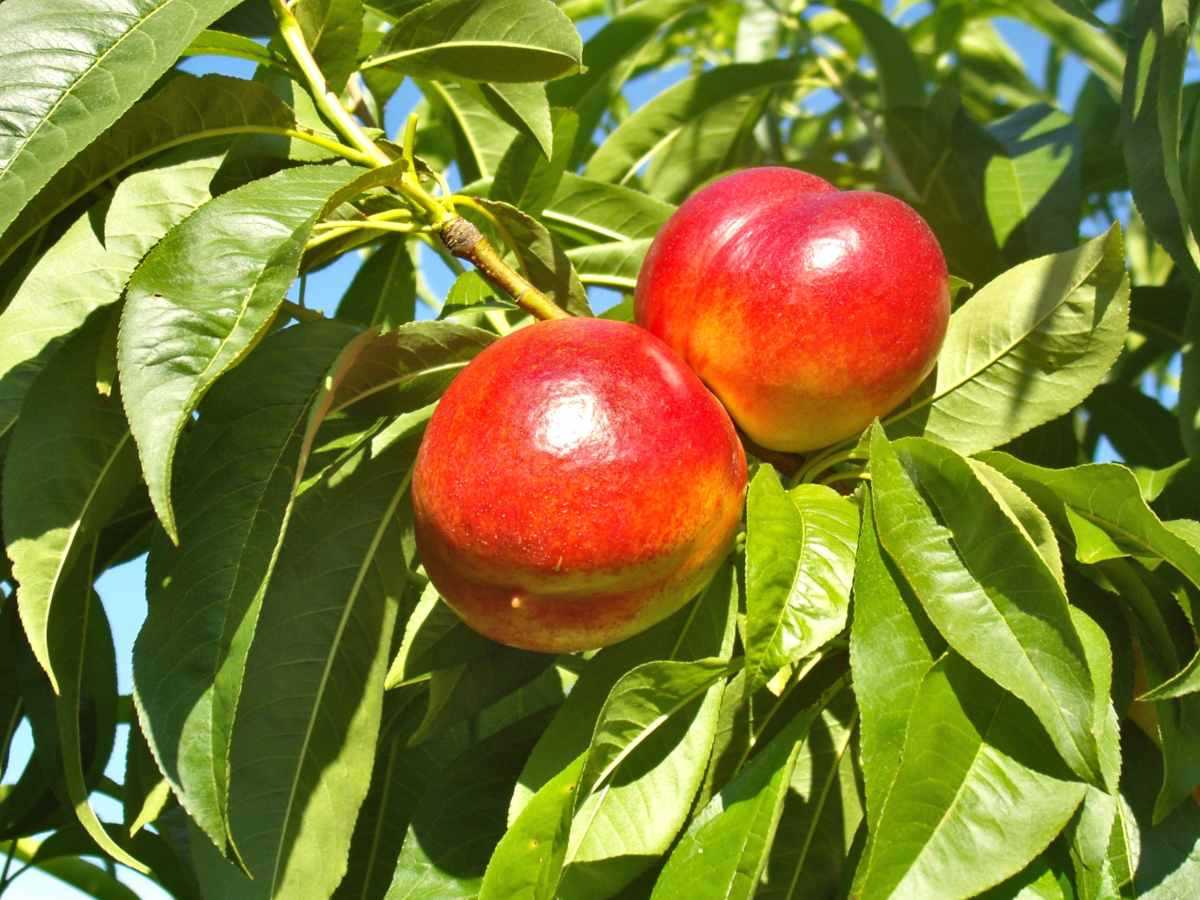
One of the most important factors in the successful growth of nectarine trees is regular watering and irrigation. Nectarine trees require a consistent supply of water to ensure proper growth and development. Here are some key points to keep in mind when it comes to watering and irrigation:
1. Watering Frequency
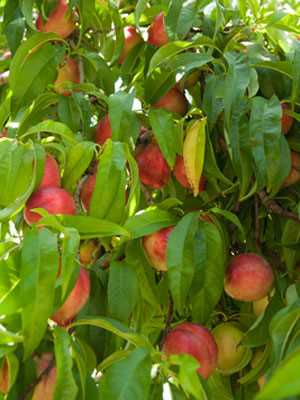
During the growing season, nectarine trees should be watered regularly to keep the soil moist. Aim to water your tree at least once a week, or more frequently during hot and dry periods. However, be careful not to overwater, as this can lead to root rot and other issues. It is best to water deeply and allow the soil to dry slightly between waterings.
2. Watering Techniques
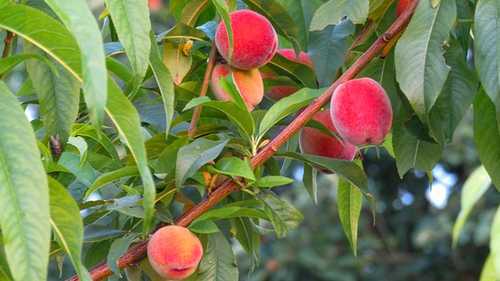
When watering your nectarine tree, it is important to water deeply to encourage deep root growth. Use a soaker hose or drip irrigation system to provide slow and steady watering directly to the root zone. Avoid overhead sprinklers, as they can increase the risk of fungal diseases and water wastage. Mulching around the base of the tree can also help retain moisture in the soil.
3. Rainwater Harvesting
If possible, consider collecting rainwater for use in watering your nectarine tree. Rainwater is free from additives and is often preferred by plants. Install a rain barrel or other rainwater harvesting system to collect and store rainwater for later use.
4. Monitoring Moisture Levels
Regularly monitor the moisture levels in the soil around your nectarine tree. Stick your finger about an inch into the soil to check for moisture. If it feels dry at that depth, it’s time to water. Keep in mind that different soil types and weather conditions may require adjustments to the watering schedule.
5. Drought Conditions
During prolonged drought conditions, it may be necessary to increase the frequency of watering. Pay attention to signs of drought stress, such as wilting leaves or dried-out soil, and adjust your watering accordingly. However, be careful not to water excessively, as this can also be detrimental to the tree.
By following these guidelines for regular watering and irrigation, you can help ensure the long-term health and productivity of your nectarine tree. Consistent moisture is crucial for the tree to thrive and produce high-quality fruit.
Pruning and Training Techniques
Pruning and training your nectarine tree is crucial for its health and productivity. Proper pruning helps to maintain the shape of the tree, improve air circulation, and promote fruit production. Here are some important techniques to consider:
1. Prune during the dormant season
It’s best to prune your nectarine tree during the winter when it is dormant. This allows the tree to heal quickly and minimizes the risk of disease. Avoid pruning during periods of frost or extreme cold.
2. Remove dead or damaged wood
Start by removing any dead, diseased, or damaged wood from your nectarine tree. This helps to prevent the spread of diseases and pests and allows the tree to focus its energy on producing healthy fruit.
3. Thin out crowded branches
If your tree has branches that are crossing or crowded, prune out the weakest or most crowded ones. This helps to improve air circulation and sunlight penetration, reducing the risk of diseases such as powdery mildew.
4. Maintain an open center
Nectarine trees are typically trained to have an open center, with a central leader and several well-spaced lateral branches. This allows for better light penetration and makes it easier to harvest the fruit. Remove any branches that are growing towards the center of the tree.
5. Prune for fruit production
To encourage fruit production, prune your nectarine tree to remove excessive vegetative growth. Focus on promoting the growth of lateral branches, which are more likely to bear fruit. Thin out any excess fruit to prevent overcrowding and improve the quality of the remaining fruit.
6. Use proper pruning tools
Use sharp, clean pruning tools to make clean cuts and reduce the risk of introducing diseases. Pruning shears or loppers are suitable for most pruning tasks, while a pruning saw may be needed for larger branches.
7. Train young trees
If you have a young nectarine tree, it’s important to train it properly from the beginning. Select a central leader and stake it to encourage a straight trunk. Prune lower branches to promote upward growth and create a well-balanced shape.
By following these pruning and training techniques, you can ensure that your nectarine tree remains healthy and productive for many years to come.
Pest and Disease Management
Pest and disease management is an essential part of growing nectarines. Here are some tips to help you keep your trees healthy and productive:
1. Regular Inspections
Perform regular inspections of your nectarine tree to identify any signs of pests or diseases. Look for chewed leaves, discolored foliage, or insect activity. Early detection is key to preventing the spread of pests and diseases.
2. Proper Pruning
Prune your nectarine tree regularly to ensure good airflow and sunlight penetration. This will help prevent the growth of diseases such as powdery mildew. Remove any dead or diseased branches and open up the center of the tree canopy.
3. Sanitation
Practice good sanitation by removing fallen leaves, fruit, and debris from around the base of your tree. This can help prevent the spread of fungal diseases and discourage pests from taking up residence.
4. Mulching
Apply a layer of mulch around the base of your nectarine tree. This will help conserve soil moisture and suppress weed growth. It can also serve as a barrier for certain pests that may crawl up the trunk.
5. Organic Pest Control
Consider using organic pest control methods to manage common nectarine pests. This can include introducing beneficial insects like ladybugs and lacewings, using insecticidal soaps or oils, or making homemade sprays with ingredients like neem oil or garlic.
6. Disease-resistant Varieties
When choosing nectarine varieties, look for those that are disease-resistant. These varieties are bred to tolerate or resist common diseases, reducing the need for chemical treatments.
7. Monitor and Treat
Regularly monitor your nectarine tree for any signs of pests or diseases, and take appropriate action if necessary. This may involve applying organic or chemical treatments to control infestations or prevent the spread of disease.
8. Consult with Experts
If you are unsure about how to manage pests or diseases on your nectarine tree, seek advice from local gardening experts or agricultural extension services. They can provide guidance specific to your region and help you develop an effective management plan.
By following these pest and disease management practices, you can help ensure the long-term health and productivity of your nectarine tree. Regular monitoring, proper pruning, and proactive treatment can go a long way in protecting your tree from pests and diseases.
Protecting the Tree from Harsh Winter Conditions
Winter can be a challenging time for nectarine trees, as they are not as cold hardy as some other fruit tree varieties. However, with proper care and protection, you can increase the chances of your tree surviving the winter and thriving in the following seasons.
Selecting a Suitable Winter-hardy Variety
One of the first steps in protecting your nectarine tree from harsh winter conditions is to choose a variety that is well-adapted to colder climates. Look for nectarine cultivars that are known for their winter-hardiness, such as “Frost Peach” or “Hardired”. These varieties are bred to withstand colder temperatures and are more likely to survive the winter.
Applying a Layer of Organic Mulch
Another important measure to protect your nectarine tree from harsh winter conditions is to apply a thick layer of organic mulch around the base of the tree. The mulch acts as insulation and helps regulate soil temperature, preventing the roots from freezing. Good options for organic mulch include wood chips, straw, or shredded leaves.
Protective Wrapping
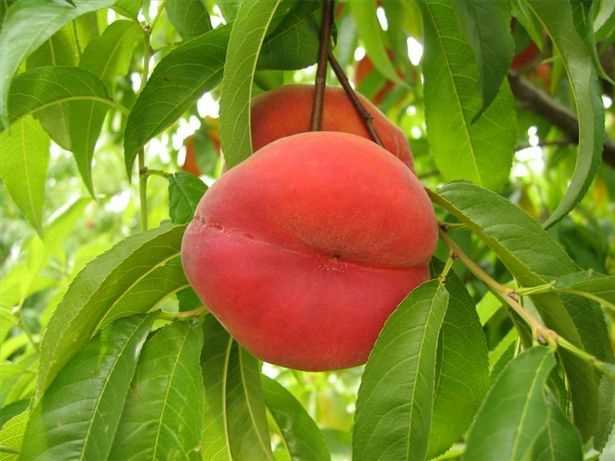
In areas with severe winter conditions, it may be necessary to provide additional protection for your nectarine tree by wrapping it. Use burlap or frost blankets to cover the tree, starting from the base and extending all the way up to the top. This will create a barrier against harsh winds and extreme cold, helping to maintain a more stable microclimate around the tree.
Pruning and Removing Dead or Damaged Branches
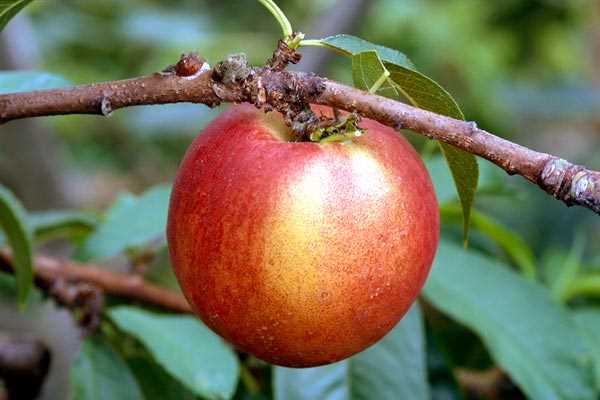
Before winter arrives, it is essential to prune your nectarine tree properly. Remove any dead or damaged branches, as they are more susceptible to breakage under the weight of snow or ice. Pruning also helps maintain the overall health and shape of the tree, promoting better airflow and reducing the risk of disease.
Watering and Hydration
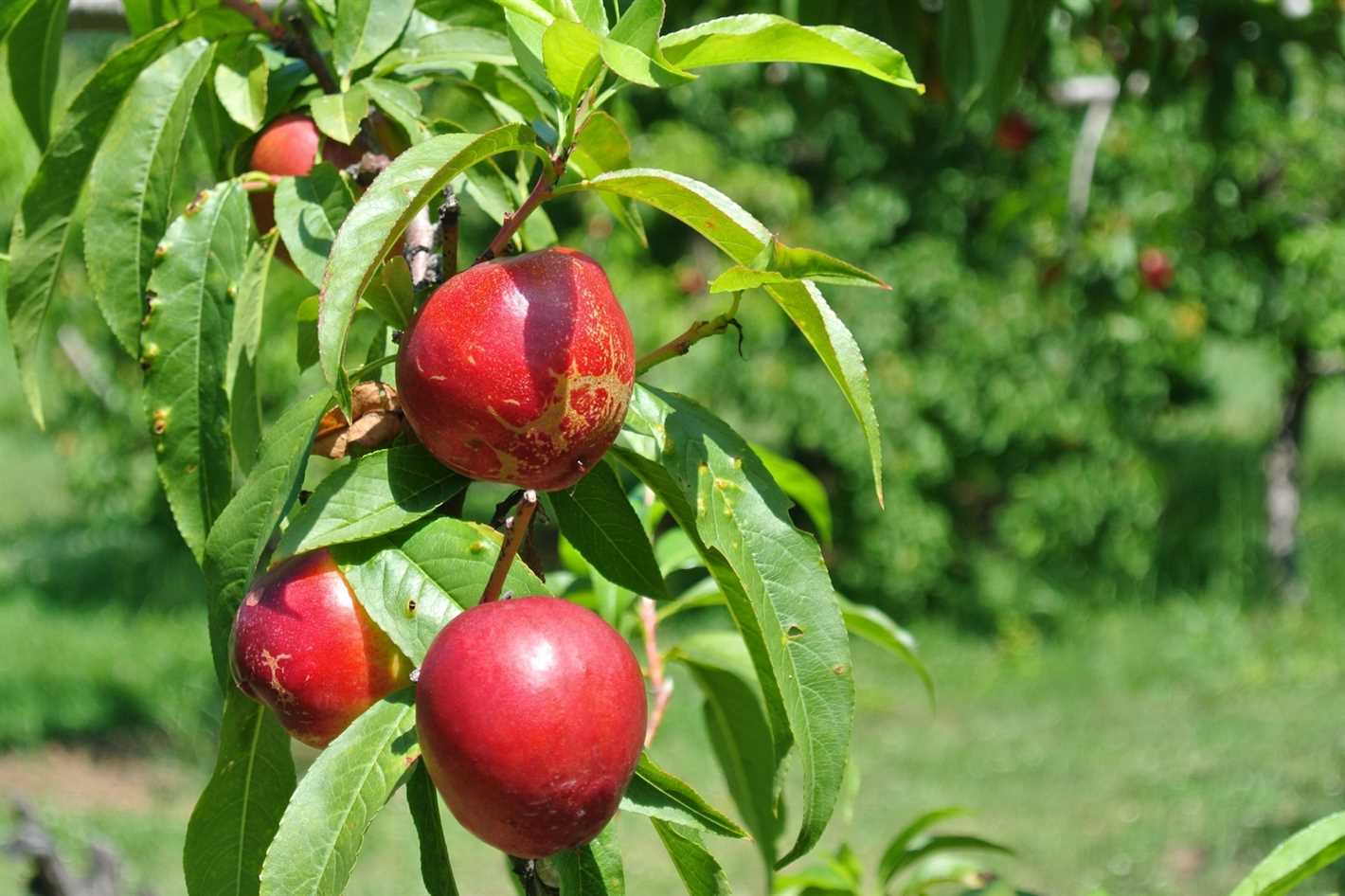
Proper hydration is crucial for the overall health and survival of your nectarine tree during winter. While you should reduce the frequency of watering as winter approaches, make sure to provide deep watering sessions before the ground freezes. This will ensure that the tree has adequate moisture to withstand the cold and dry conditions of winter.
Monitoring and Early Intervention
Throughout the winter season, it is essential to monitor your nectarine tree for any signs of stress or damage. Look out for drying or browning leaves, frost damage, or signs of pest infestation. If you notice any issues, take early intervention measures such as providing extra mulch, protecting the tree from harsh winds, or applying organic pest control methods.
By following these guidelines and taking the necessary precautions, you can protect your nectarine tree from harsh winter conditions and ensure its longevity for many years to come.
Harvesting and Storing Nectarines
Harvesting nectarines at the right time is crucial to ensure that they are sweet and delicious. Here are some tips on how to properly harvest and store your nectarines:
1. Timing
Wait until the nectarines are fully ripe before you harvest them. Nectarines will be ready to harvest when they are no longer green and have a deep, vibrant color. They should also give slightly when pressed gently. If the nectarines are still firm and have a green hue, they are not yet ripe.
2. Harvesting
To harvest the nectarines, hold the fruit gently in your hand and twist it slightly. If the nectarine comes off easily, it is ready to be picked. Avoid pulling the fruit off forcefully, as this can damage the tree or the nectarine itself.
3. Handling
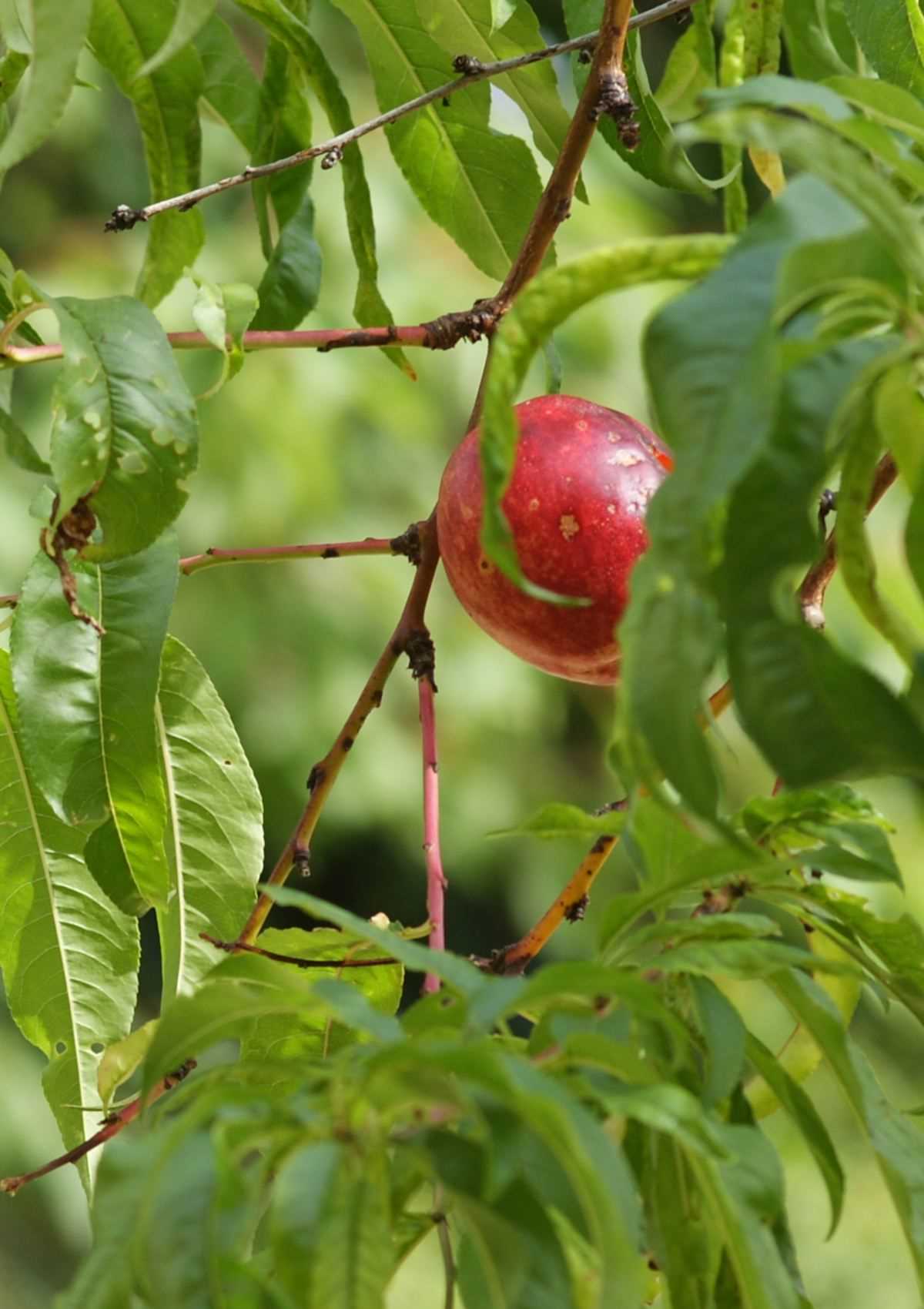
Handle the nectarines with care to prevent bruising. Place them gently in a basket or a container, making sure not to stack them on top of each other. This will help to prevent unnecessary pressure on the fruit and reduce the risk of bruising.
4. Sorting
Sort through the harvested nectarines and remove any bruised or damaged fruit. These fruits should not be stored, as they can spoil and affect the quality of the other nectarines.
5. Storing
Nectarines are best stored at room temperature until they are fully ripe. Once they are ripe, you can transfer them to the refrigerator to extend their lifespan. Place the nectarines in a breathable bag or container to prevent moisture buildup, which can lead to mold or spoilage.
6. Ripening
If you have harvested nectarines that are not yet ripe, you can place them in a paper bag at room temperature to speed up the ripening process. Nectarines give off ethylene gas, which helps to ripen the fruit. The paper bag will trap this gas and accelerate the ripening.
7. Consumption
Enjoy your freshly harvested and ripened nectarines within a few days for the best flavor and texture. Nectarines can be eaten fresh, used in various recipes, or preserved to enjoy later. Be sure to wash the nectarines thoroughly before consuming them.
By following these tips, you can ensure that your nectarines are harvested and stored properly, allowing you to enjoy their delicious flavor for longer.
Question-answer:
When is the best time to plant a nectarine tree?
The best time to plant a nectarine tree is in the late winter or early spring, when the soil is moist and temperatures are mild.
How often should I water my nectarine tree?
During the first year, water your nectarine tree at least once a week. After that, water it deeply once every two weeks during the growing season. Make sure the soil is moist but not waterlogged.
What type of soil do nectarine trees prefer?
Nectarine trees prefer well-draining soil that is rich in organic matter. Sandy loam or loamy soil is ideal for nectarine trees.
How can I protect my nectarine tree from pests and diseases?
To protect your nectarine tree from pests, regularly inspect the leaves and fruit for signs of damage or infestation. Apply organic insecticides or insecticidal soap if necessary. To prevent diseases, ensure good air circulation around the tree and avoid over-watering.
Do nectarine trees need pruning?
Yes, nectarine trees need regular pruning to maintain their shape, remove dead or diseased branches, and promote fruit production. Prune your nectarine tree in late winter or early spring before new growth begins.
How can I extend the lifespan of my nectarine tree?
To extend the lifespan of your nectarine tree, provide it with proper care such as regular watering, fertilizing, and pruning. Protect it from pests and diseases, and provide it with adequate sunlight and air circulation. By following these guidelines, you can help your nectarine tree live for up to 20 years.







